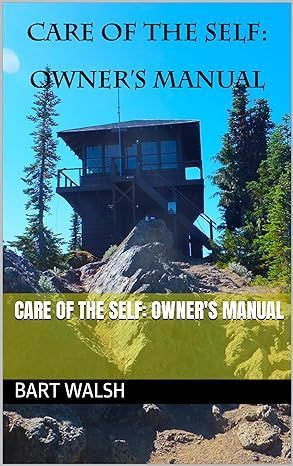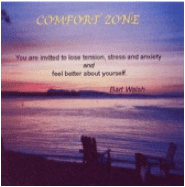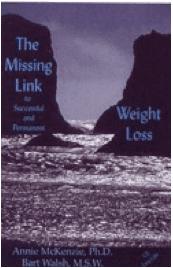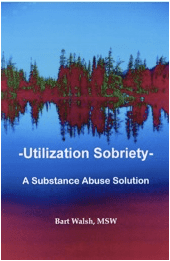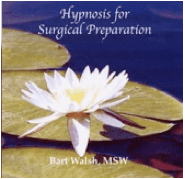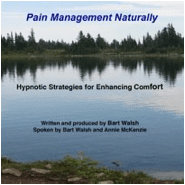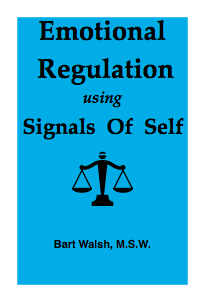- UTILIZATION SOBRIETY -
A SUBSTANCE ABUSE SOLUTION Review
In the healing arts a number of key discoveries that often ushered in paradigm changes have been, on the surface, “simple.” Semmelweiss (1818-1865) was able to put an end to childbirth fever in women . It was ragingly endemic in hospitals, but it was eliminated through the “simple” insistence that hospital personnel wash their hands before and after having seen a patient. Esdaile (1808-1859) was able to conduct surgeries without either anaesthesia or subsequent infections in tropical India after his medically uneducated assistants had performed “simple” Mesmeric passes over the bodies of the surgical candidates. It was found in the 18th Century that scurvy, a plague for the seafaring caused by a deficiency of vitamin C, could be prevented through the “simple” measure including mandatory citrus fruit in the diets of those at sea.The method, “Utilization Sobriety” may also appear “simple” to many healthcare workers. We are currently surrounded by an extraordinary panoply of techniques, medications, methods, and measurements to help us treat victims of substance abuse. One might wonder at first how Utilization Sobriety, such an apparently simple technique can facilitate such important changes in human behavior. Although the technique is simple, its explanation is far from “simple.” In Utilization Sobriety Bart Walsh offers a straightforward, drug-free, psychotherapeutic method that has its basis in the mind-body connection and the workings of the unconscious mind.
There have been many concepts of an unconscious mind over the ages. What was mentioned in passing in literature and philosophy was brought more fully formed into science by Freud. Subsequently the concept of the unconscious mind was expanded by Milton Erickson into that of a reservoir of resources, usually unknown consciously to the individual who possessed them. It is this idea of the unconscious that Bart Walsh brings to the reader in Utilization Sobriety. The unconscious mind, addressed by the method of Utilization Sobriety , responds in wise and healing ways. This part of the human mind knows how to interact with the central nervous system of the body to produce states of relaxation, gratification, and pleasure that those afflicted with substance abuse have hitherto found only in destructive substances.
In this book Bart Walsh introduces the reader to the neurophysiology of substance abuse and presents an overview of contemporary perspectives on the etiology and treatment approaches to substance abuse. He then describes the evolution of the Utilization Sobriety method, its foundations in unconscious communication, state dependent memory, and the physiology of mind-body healing. A variety of sources of strength is closely examined, Then the series of steps needed to put this method into practice is carefully and comprehensively presented,I first became aware of Utilization Sobriety when Bart Walsh submitted an article about it to the American Journal of Clinical Hypnosis at the time I was the Editor. I accepted the article for publication, and I was sufficiently impressed with its content that I began to use the Utilization Sobriety method in my own clinical practice. I found it to be extremely helpful with those substance abuse patients with whom I used it. When I teach workshops and seminars, I teach the method whenever it is applicable.
It is not necessary to be an expert in hypnosis, however, or even a practitioner of hypnosis to use this extremely helpful method. Mr. Walsh guides the reader through a sound understanding of the method and its safeguards for both patients and therapists. I wish I had known about Utilization Sobriety a long, long time ago. We are all subject to a number of Higher Powers, physiological and spiritual. With Bart Walsh’s method one of them, the unconscious mind, can be invited successfully to enter the patient’s treatment frame as a partner with the ability to safely calm and soothe whenever cravings arise.
Claire Frederick, M. D.
Distinguished Consulting Faculty
Saybrook Graduate School and Research Center - UTILIZATION SOBRIETY -
A SUBSTANCE ABUSE SOLUTION Review
In the healing arts a number of key discoveries that often ushered in paradigm changes have been, on the surface, “simple.” Semmelweiss (1818-1865) was able to put an end to childbirth fever in women . It was ragingly endemic in hospitals, but it was eliminated through the “simple” insistence that hospital personnel wash their hands before and after having seen a patient. Esdaile (1808-1859) was able to conduct surgeries without either anaesthesia or subsequent infections in tropical India after his medically uneducated assistants had performed “simple” Mesmeric passes over the bodies of the surgical candidates. It was found in the 18th Century that scurvy, a plague for the seafaring caused by a deficiency of vitamin C, could be prevented through the “simple” measure including mandatory citrus fruit in the diets of those at sea.The method, “Utilization Sobriety” may also appear “simple” to many healthcare workers. We are currently surrounded by an extraordinary panoply of techniques, medications, methods, and measurements to help us treat victims of substance abuse. One might wonder at first how Utilization Sobriety, such an apparently simple technique can facilitate such important changes in human behavior. Although the technique is simple, its explanation is far from “simple.” In Utilization Sobriety Bart Walsh offers a straightforward, drug-free, psychotherapeutic method that has its basis in the mind-body connection and the workings of the unconscious mind.
There have been many concepts of an unconscious mind over the ages. What was mentioned in passing in literature and philosophy was brought more fully formed into science by Freud. Subsequently the concept of the unconscious mind was expanded by Milton Erickson into that of a reservoir of resources, usually unknown consciously to the individual who possessed them. It is this idea of the unconscious that Bart Walsh brings to the reader in Utilization Sobriety. The unconscious mind, addressed by the method of Utilization Sobriety , responds in wise and healing ways. This part of the human mind knows how to interact with the central nervous system of the body to produce states of relaxation, gratification, and pleasure that those afflicted with substance abuse have hitherto found only in destructive substances.
In this book Bart Walsh introduces the reader to the neurophysiology of substance abuse and presents an overview of contemporary perspectives on the etiology and treatment approaches to substance abuse. He then describes the evolution of the Utilization Sobriety method, its foundations in unconscious communication, state dependent memory, and the physiology of mind-body healing. A variety of sources of strength is closely examined, Then the series of steps needed to put this method into practice is carefully and comprehensively presented,I first became aware of Utilization Sobriety when Bart Walsh submitted an article about it to the American Journal of Clinical Hypnosis at the time I was the Editor. I accepted the article for publication, and I was sufficiently impressed with its content that I began to use the Utilization Sobriety method in my own clinical practice. I found it to be extremely helpful with those substance abuse patients with whom I used it. When I teach workshops and seminars, I teach the method whenever it is applicable.
It is not necessary to be an expert in hypnosis, however, or even a practitioner of hypnosis to use this extremely helpful method. Mr. Walsh guides the reader through a sound understanding of the method and its safeguards for both patients and therapists. I wish I had known about Utilization Sobriety a long, long time ago. We are all subject to a number of Higher Powers, physiological and spiritual. With Bart Walsh’s method one of them, the unconscious mind, can be invited successfully to enter the patient’s treatment frame as a partner with the ability to safely calm and soothe whenever cravings arise.
Claire Frederick, M. D.
Distinguished Consulting Faculty
Saybrook Graduate School and Research Center
